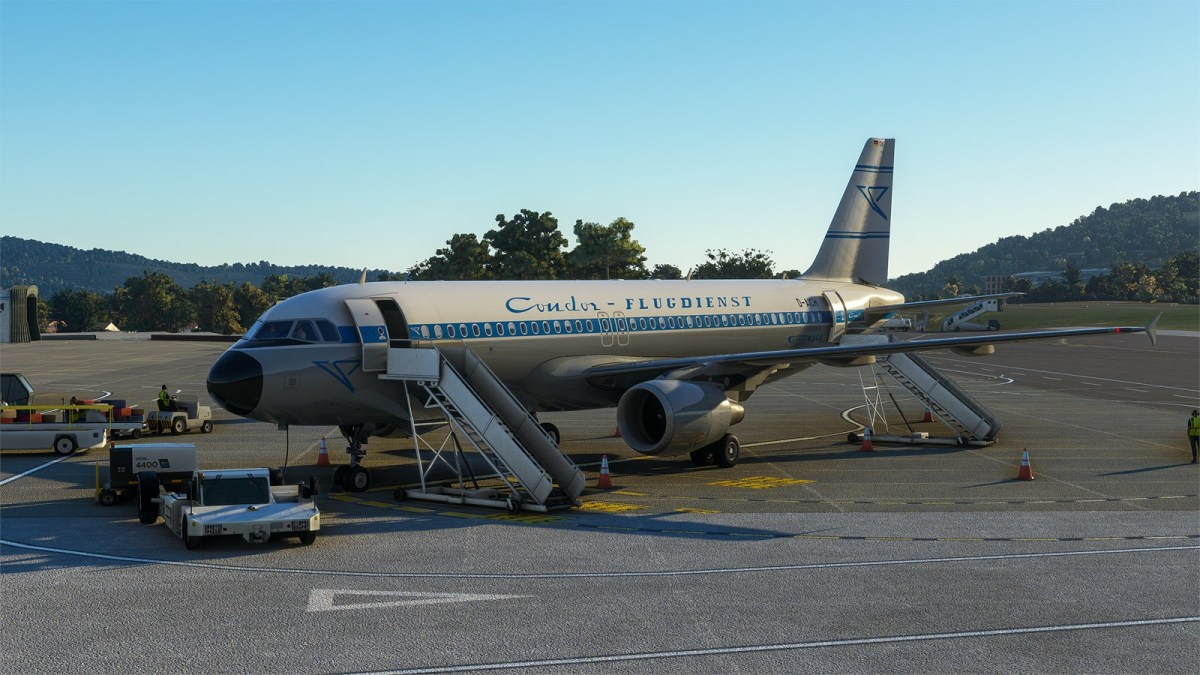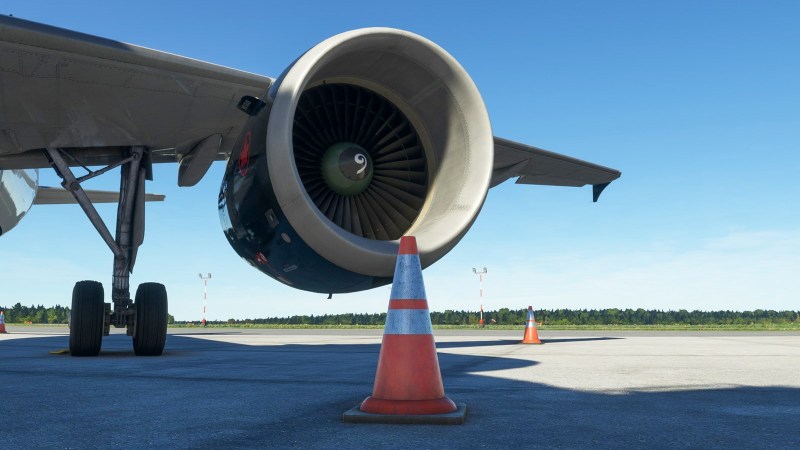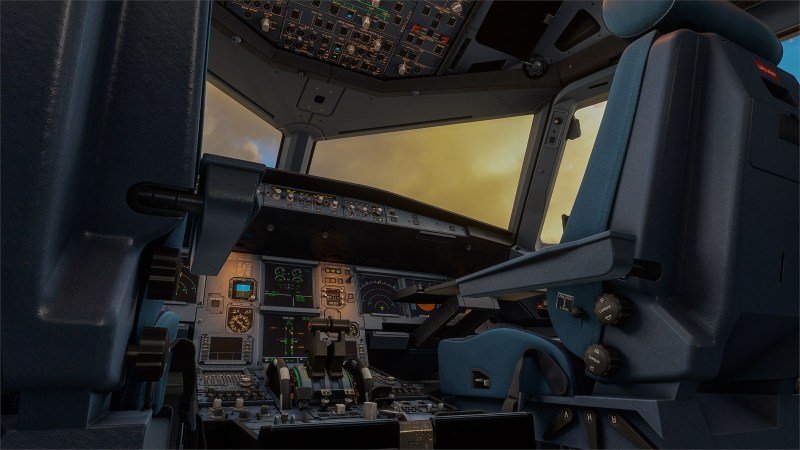In the last 2.5 years that Microsoft Flight Simulator has been out on PC, sim die-hards have been clamoring for the coveted complex, “study-level” add-ons that define flight sims of yore. After all this time, in only just the span of a month, three of such aircraft have released back to back.
The first was Leonardo’s MD-80, a highly realistic take on the retro airliner from the late ’70s. Then, PMDG swooped in with its hotly anticipated release of the Boeing 737, the most popular airframe in the world. Now, today on May 19, Fenix Simulations, a new name in the sim world, has dropped a similarly authentic and sought-after aircraft: the Airbus A320 CEO.
For the (air intake) fans
The release of Fenix Simulations A320 right on the heels of PMDG’s 737 means that Microsoft Flight Simulator now has two authentic recreations of the most-built aircraft in the world of commercial aviation. The lead-up to the release of both aircraft has sparked discussions all across social media.
Although being a newcomer in the world of flight simulation add-ons, with this being its first project even, Fenix has managed to garner such attention by its extensive behind-the-scenes look throughout the aircraft’s development.
This, combined with word-of-mouth, is what’s led to the last few weeks prior to release being such a hotbed of discussion. Some simulation enthusiasts went so far as to pit the two add-on products against each other. This is fitting, considering that the actual airframes from Airbus and Boeing compete in real life.
Pixels and fuel pipelines
All things said, Fenix’s list of features for its A320 is extensive. The team promises “full immersion” both inside and out. The narrow-body jet has been faithfully recreated using “proprietary 3D scans of the real aircraft,” resulting in extremely richly detailed textures that have been made to take advantage of Microsoft Flight Simulator‘s arsenal of graphical technologies.
An authentic soundscape can also be enjoyed with surround sound hardware, along with all of the technical complexities. Fenix boasts such stats as having “288 working circuit breakers” and over 200 simulated failures, along with an array of other features that seek to make the A320 as true to life as possible.
Fenix is seeking to give simmers an experience that can essentially be seen as ‘soft training’ for piloting the same aircraft in real life. And it’s not just speak: this is a product that has Airbus’ signed seal of approval, just as PMDG obtained a similar license from Boeing for its 737 add-on.
Money talks
With such a payload of features and promises, it’s no surprise that the Fenix A320 for Microsoft Flight Simulator has a launch price-tag of £49.99 ($62.30 USD). Just like the PMDG 737, this add-on is more than the cost of the Standard version of the sim itself. That said, the aforementioned Leonardo MD-80 is still far and away the most expensive of all at $78.94 USD — the highest priced add-on for Microsoft Flight Simulator so far.
At the time of writing, the Fenix A320 has been out for more than a day, and initial feedback seems positive around discussion forums. So, for the time being, it does at least seem to not only be living up to its claims, but justifying its price.
All things considered, however, there’s still the matter of fact that Microsoft Flight Simulator does already have an Airbus: the A320neo. Not only that, but it’s included in the Standard edition, making it available to everyone. The cherry on top is that the FlyByWire team has been working extensively to bring the default A320neo up to a standard similar to that of Fenix and PMDG with the A32NX Project. It’s not quite in the same league, but the team isn’t stopping despite their being a new payware alternative now. So, even for the more frugal simmers out there, the more technical skies are still quite reachable.










Published: May 20, 2022 11:30 am